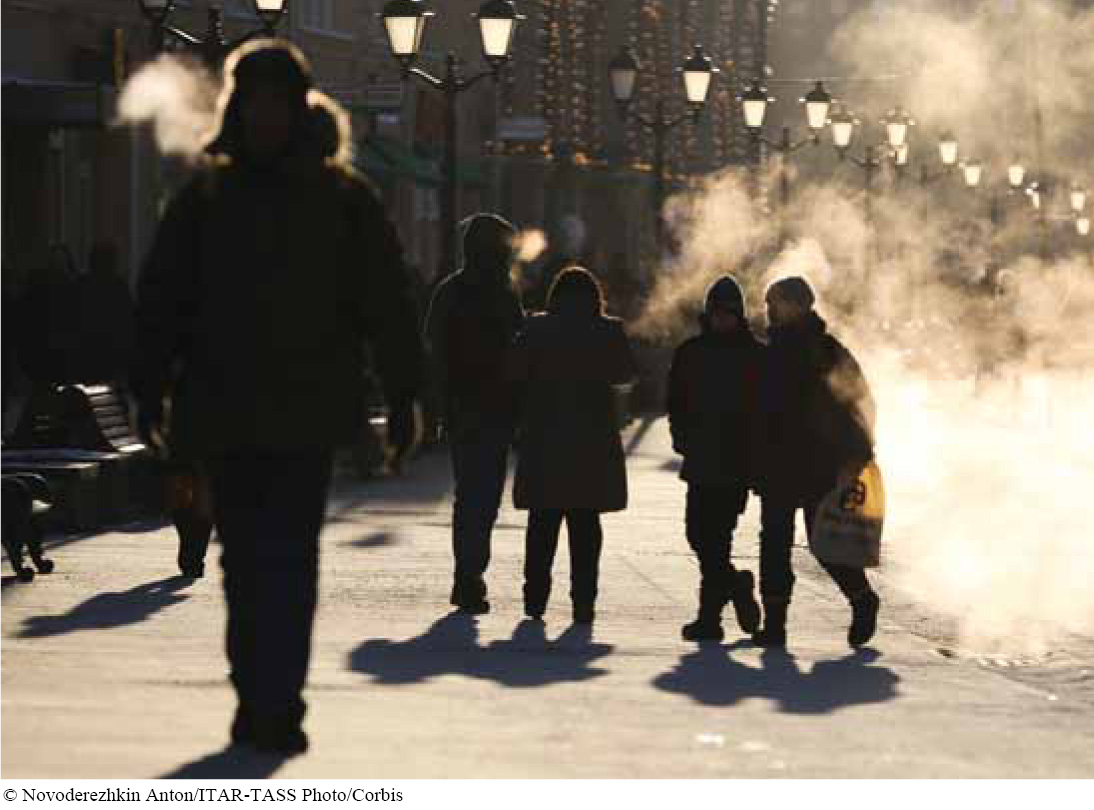
Following an extremely rigorous practice in the summer of 2001, 27-
What is heat stroke? Why is it dangerous?
Normal body temperature is approximately 98.6° F (37° C). Hyperthermia occurs when too much heat is produced or when high environmental temperature and humidity overwhelm the body’s ability to dissipate heat. (It is unlike a fever, in which the body sets its core temperature slightly higher in response to an infection by pathogens.) Korey Stringer’s death is an example of the disastrous consequences that can result from extreme hyperthermia, called heat stroke, and illustrates the danger when organisms fail to maintain an internal environment within a safe range.
Although the environmental temperature range you experience every day may involve a 20°, 30°, or even 40° F difference between high and low, humans cannot tolerate such large internal temperature swings. Even deviations of less than 10° F can lead to a cascade of biochemical problems with serious health implications. For mammals, the risks of getting too hot include reduced enzyme activity and, at extreme temperatures, the complete breakdown of enzymes. Excessive water loss, too, can occur, leading to numerous problems—

805
At the other extreme, hypothermia, or extremely low body temperature, can cause difficulties in coordination and movement, along with disorientation and confusion, irregular heartbeat, and, ultimately, death. Similarly disastrous consequences can result from the failure to maintain a consistent internal environment in other ways, including blood sugar levels, blood pH,and tissue concentrations of oxygen and carbon dioxide.
In the remainder of this chapter, we explore a fundamental characteristic of organism function: homeostasis, the body’s use of physical and chemical processes to maintain a consistent internal environment, even in the face of changing external and internal environmental forces.
TAKE-HOME MESSAGE 20.7
Failure to maintain a consistent internal physical and chemical environment can lead to multiple problems in the normal functioning of cells, tissues, and organs, and can result in death.
Define homeostasis in your own words.
The book defines homeostasis as the body's use of physical and chemical processes to maintain a consistent internal environment in the face of changing environmental forces. Your definition should be similar.